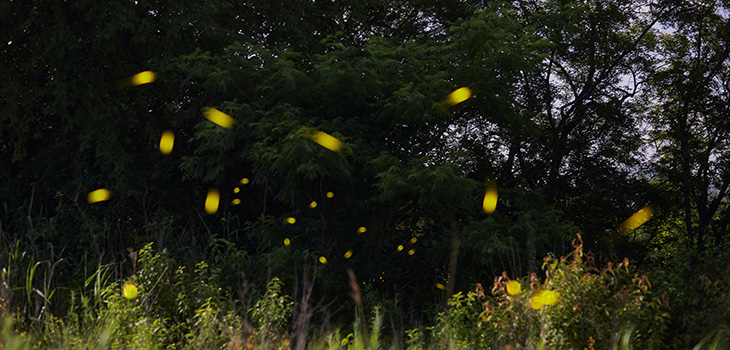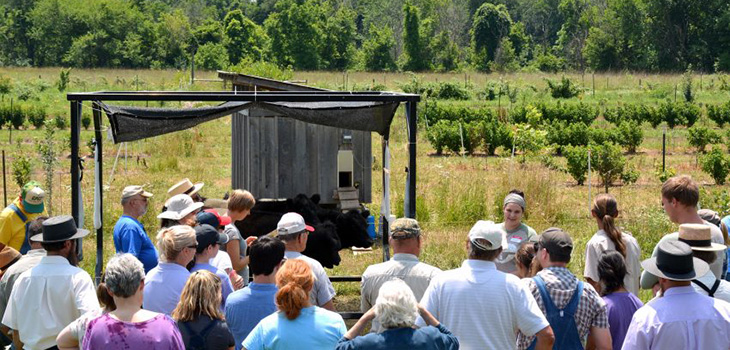THE RETURN TO WETLANDS: MERRY LEA’S FIRST RESTORATION PROJECT
Written by Kelsey Beyeler
In 1964, the same year the Beatles played at the Indiana State Fair on their first America tour, Lee and Mary Jane Rieth acquired the first piece of land that would become the pioneering plot of Merry Lea Environmental Learning Center of Goshen College. This was the first step in the married couple’s dream to create a natural sanctuary that could champion environmental conservation and education. A portion of this original plot, along with an additional purchase in 1967, would come to be known as Onion Bottom.
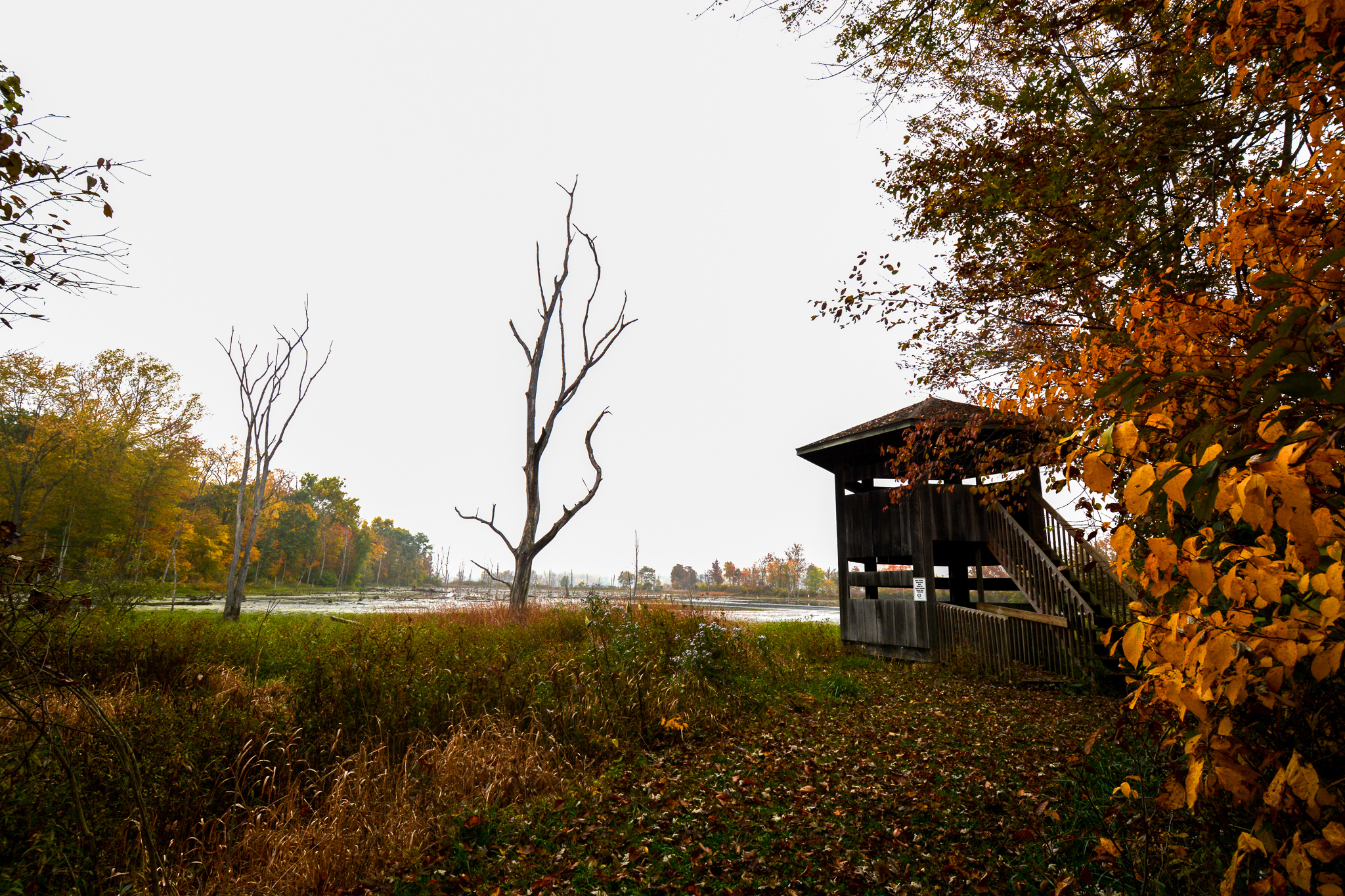
Like much of the land found at Merry Lea Environmental Learning Center, Onion Bottom is a restored wetland habitat. Its deep marsh and still pools of water provide homes for countless species such as waterfowl, turtles, bugs and plants. Amidst the standing water you might find cattails, bulrushes, wool grass, bur marigold and other wetland plant species peeking up from the water and surrounding it. All this wildlife can be seen from an observation tower overlooking the water and the trails that wrap around the wetland.
Onion Bottom has seen many changes throughout the years. Though it’s a wetland, it did not resemble one when the Rieths acquired it decades ago. That’s because in the early to mid-1800s, it was common for farmers to repurpose wetlands into agricultural plots by placing interconnecting clay pipes underground to prevent water from pooling and ruining crops. This practice was called tiling, and the “tiles” that farmers installed in the Wolf Lake area created channels that diverted water below the soil into the nearby Bear Lake. These tiles changed the wetland habitat into farmland, which historically produced mint and onions- hence the wetland’s current name. Over the years, however, the field was abandoned. The land that once hosted wetlands, then crops, became covered by a whole other kind of plant- reed canary grass- which overtook the area and covered it in tall stalks of thin green grass.
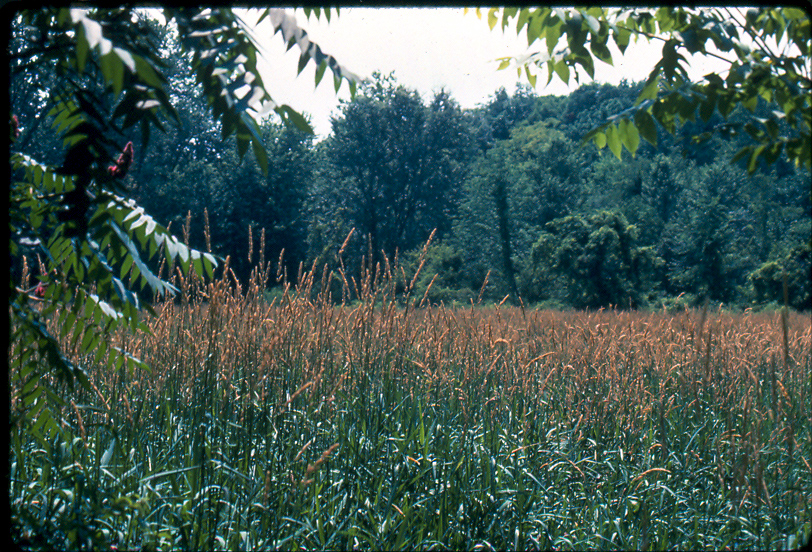
Reed canary grass (Phalaris arundinacea) is an especially invasive species that thrives in wetland environments and spreads very quickly, growing in dense monocultures, meaning the landscape fills with this singular plant species. The grass’ dense clusters can clog shallow water channels and consume this crucial resource before native plants can access their sufficient share of it. Consequently, the reed canary grass grows stronger while native plants grow weaker, and it can eventually outcompete the native species altogether. Not only does this prevent native plants from growing, but it also deters insects and animals that depend on the various native plants for food or shelter. Without flowering plants like swamp milkweed or buttonbush, many butterflies and insects won’t flit around. Migrating sandhill cranes no longer have a rest stop along their travels. The endangered Blanding’s turtle can’t bask on a log and salamanders have no water to lay their eggs. All of this results in lowered biodiversity, which creates rippling negative effects for this land and that which surrounds it.
Though the land needed restorative conservation efforts, it would take a few decades to begin. According to Merry Lea’s Director of Land Management Bill Minter, when the Rieths acquired the new land there wasn’t much scientific or technological knowledge available to indicate that Onion Bottom was originally a wetland. Because much of the abundant soil moisture was still being diverted by tile lines, reed canary grass invaded the damper areas and lowland forest tree species began growing in the relatively drier areas. Minter said it wasn’t until the 1980s that increased knowledge and environmental awareness led to policies, assistance and funding that would enable research and restoration of private lands. Typically, land managers can learn more about historic habitats by looking underground. If they find hydric soils (originally formed under saturated conditions) or remnants of hydric plants (species needing saturated soil conditions), they may indicate the presence of a historic wetland. Land managers can also look for artificial drainage, like the drainage tile line found at Onion Bottom, to see if the natural hydrology was altered. If all of these conditions are observed, it’s likely the site was historically a wetland.
When Bill Minter was hired on as Merry Lea’s first land manager in 1991, a role he still occupies today, he found such clues on the property and began Merry Lea’s first restoration project- that of restoring Onion Bottom’s natural wetland habitat. To facilitate this project, he said, a team dug underground to find the agricultural tiles, break them and plug them like a bathtub. This allowed accumulating water to stay on-site and begin the slow process of restoration. Over time the reed canary grass died out, as it cannot survive when it’s consistently submerged in water.
Though the wetland’s pooling water returned as planned, Minter clarified that further water control remains necessary to prevent flooding in nearby areas. Because of this, Onion Bottom has a passive water control structure that utilizes some of the previously installed tiles to regulate water levels. When a certain depth is reached, excess water is diverted back into the remaining intact tile line, which then flows into Bear Lake.
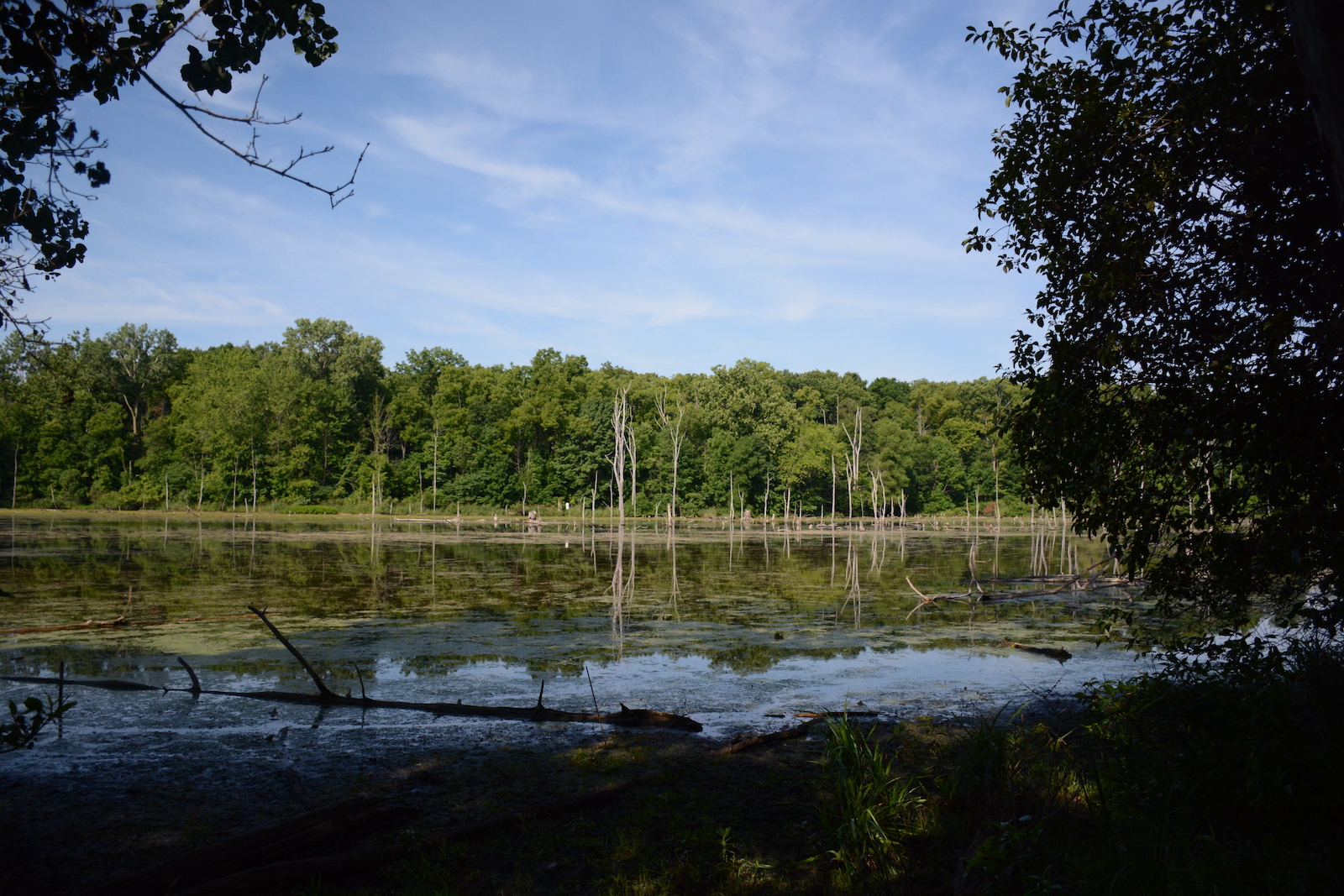
Restoration does not always mean changing land back to what it was- environments are always changing. But these efforts do important work to mitigate invasive species and enable a more productive habitat that can better serve its surrounding species. For example, the standing bare sentinels of dead trees that were flooded when restoring Onion Bottom, called residual snags, now provide excellent homes for red-headed woodpeckers and wood ducks.
Since the Rieths bought that first piece of land 57 years ago, the Merry Lea Environmental Learning Center has grown into one of the biggest privately-owned environmental education facilities in Indiana. Many restoration projects like that of Onion Bottom have enabled some of the 1,189-acres to represent native northern Indiana ecosystems, which appear like a mosaic of wetlands, woodlands and prairies.
Though the land is largely undisturbed by damaging human activity, it does not sit idly by. These ecosystems provide countless educational opportunities for people of all ages, ranging from elementary schoolers to college graduate students and beyond. The legacy of the Rieths and their vision for bringing the human and nonhuman world together continues on.


